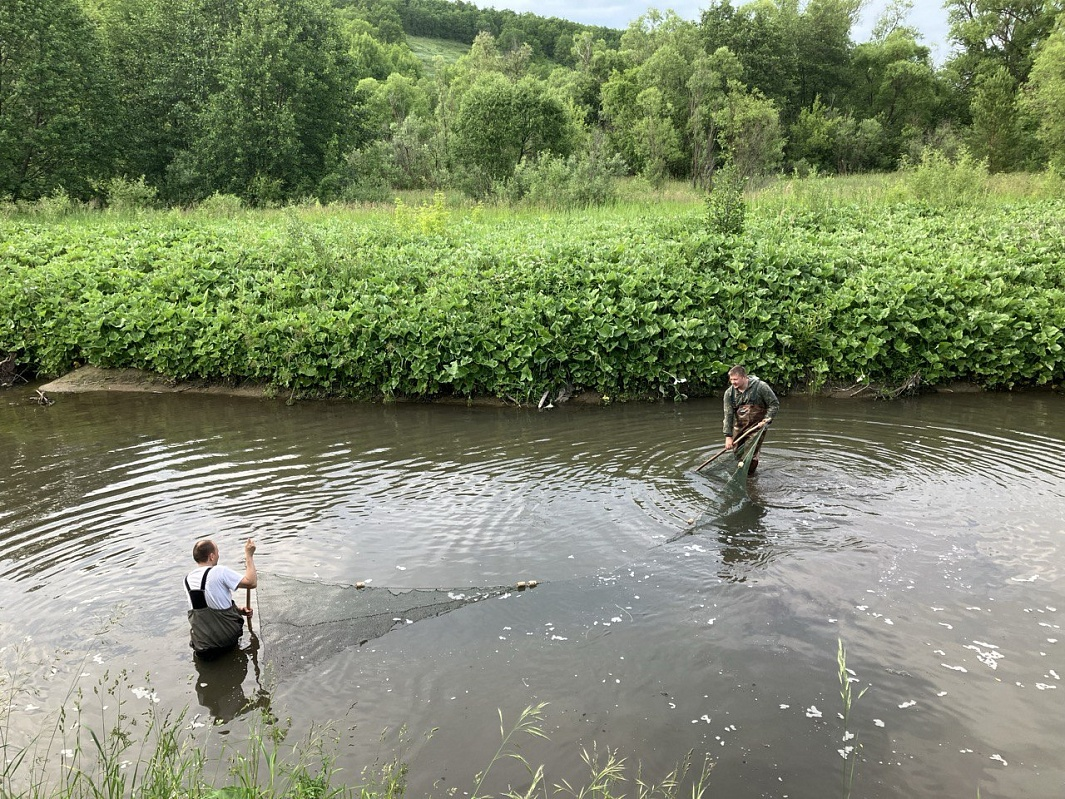
The research team of the Laboratory of Evolutionary Trophology of the A. N. Severtsov Institute of Ecology and Evolution of the Russian Academy of Sciences conducted comprehensive expeditionary research in the areas of the Sura and Ilim Rivers (Penza Region) to collect ichthyological material and samples of the digestive tract for enzyme analysis in the asp (Aspius aspius) and chub (Squalius cephalus) as examples of stomachless predators from the Cyprinidae family. The work is carried out with the support of the Ministry of Education and Science of Russia within the framework of the project under the megagrant program "Evolution of the functioning of the digestive system of ectothermic vertebrates as a mechanism for mastering a contrasting habitat."
In 2022, the project of the team from the A. N. Severtsov Institute of Ecology and Evolution of the Russian Academy of Sciences won the mega-grant competition of the Ministry of Education and Science of Russia. At the initiative of the head of the Aquaculture Department of the Institute of Food and Agricultural Research and Technology (Spain) Enrique Gisbert Casas, the Laboratory of Evolutionary Trophology was created. The most important scientific objectives of the project include identifying key features of the functioning of the digestive system in sympatrically living related and unrelated forms/species of various groups of ectothermic vertebrates and optimizing biotechnology for the development of domestic fisheries and aquaculture.
"The project includes research aimed at establishing the mechanisms of the functioning of the digestive system of lower vertebrates under the influence of various biotic and abiotic factors. An expedition to the Sura River area, the main waterway of the Penza Region, as well as the small Ilim River located in the east of the Penza Region, and the collection of planned samples of the digestive tract of asp and chub will allow us to better understand the biochemical mechanisms underlying the digestion processes in predatory fish that do not have a stomach and, accordingly, an acidic stage of digestion. As a result of the expedition, 25 and 11 different-sized individuals of asp and chub were caught, which will allow us to analyze the relationship between the studied biochemical parameters of digestive enzymes and the size and age indicators of fish. Based on the results of this work, it is planned to publish in a specialized, highly rated, international journal on fish physiology," said Mikhail Solovyov, an employee of the Laboratory of Evolutionary Trophology.
According to the scientists, the study will provide new data on the features of hydrolysis of food objects by digestive enzymes of the intestines of predatory carp fish, which has been practically unexplored until now.
